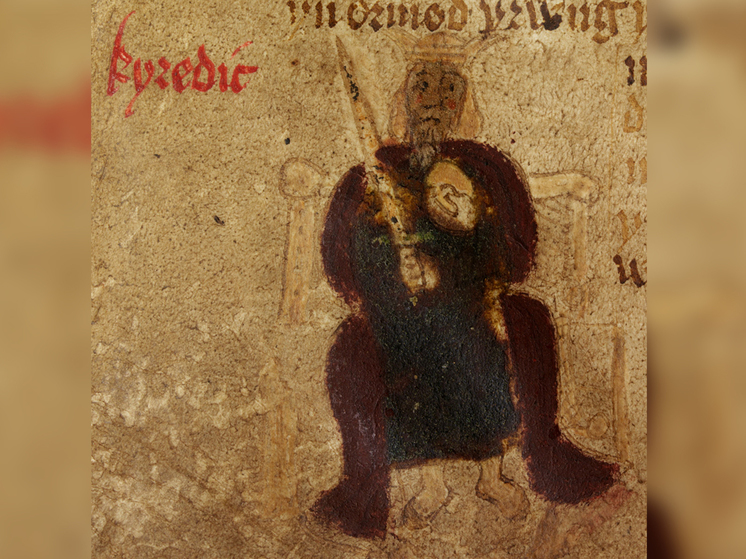Dark Age burial mound may shed light on British history
The possible grave site of the enigmatic founder of the kingdom of Wessex and a key figure in the history of post-Roman Britain, Cerdic, has been discovered more than a thousand years after his name was mentioned in an ancient royal charter.

A mysterious figure from the time of King Arthur in the post-Roman history of Britain — Serdic — became famous as a military leader in a series of bloody battles in Hampshire in the 6th century. He is believed to have reigned from around 519 to 534 AD.
Cerdic is considered the first king of Wessex, but his existence is widely disputed. Historical writer Paul Harper believes the area around Andover could be a potential burial site for the mysterious ruler.
The writer led an investigation that uncovered a mound believed to correspond to the Cerdic tomb mentioned in a 10th-century charter granted by King Edward the Elder to Winchester Cathedral. The charter defined the boundaries of the lands, designating «Cerdis Beorg» or «Cerdic Mound», in what is now the parish of St Mary Bourne in Hampshire.
Although the mound has since been plowed, aerial photography in the 1960s and 70s has revealed evidence of a massive burial mound measuring 21.9 meters in diameter and up to 3.6 meters high.
Cerdic is believed to have been an Anglo-Saxon invader, but his British name and his descendants point to a more complex history that may show dependence between Anglo-Saxon and British cultures. Many scholars argue that his reign began later than indicated in the Anglo-Saxon Chronicle.
“This exciting discovery has brought the story of Cerdic to life from a lost period of British history,— Harper says. — This may be irrefutable proof that Cerdic was not just a figment of fantasy in the chaotic aftermath of post-Roman Britain, but a real military leader who created a powerful kingdom that became the British Empire. With the exception of King Arthur, no other figure of the Early Middle Ages achieved such legendary status.
According to historians, the Serdica Mound was a display of power, strategically located next to ancient roads and a massive ditch.
Harper describes his extensive research into the rebirth of Cerdic after the chaos that followed the fall of the Western Roman Empire. As a result of his defense of civilians and territorial conflicts with the Anglo-Saxon and Romano-British kingdoms, he rose to power with the Gevisses. Cerdic founded a field that would influence British history, even as he faced pandemics and natural disasters.























































Свежие комментарии